Calahla, Scottow and Whitehall: Balgowlah’s home of many names
It’s one of Balgowlah’s most historic buildings and was once home to Australia’s first prime minister – Edmund Barton.
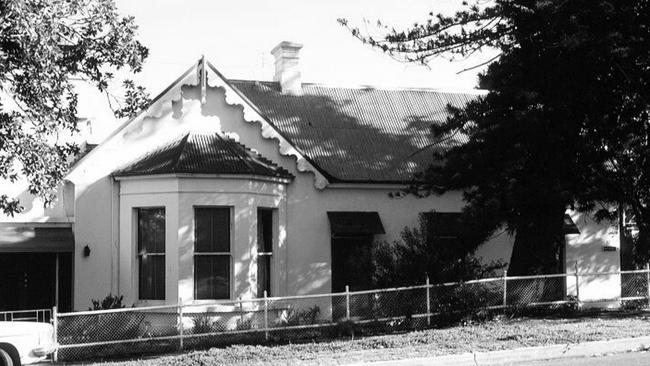
Manly
Don't miss out on the headlines from Manly. Followed categories will be added to My News.
It’s one of Balgowlah’s most historic buildings and was once home to Australia’s first prime minister – Edmund Barton.
Variously known as Calahla, Scottow, Whitehall and the Norwegian Sjomannskirken Seamen’s Church, the house on the corner of White and Woodland streets at Balgowlah was last sold in 2015 for $3.3 million.
Because of its significance, the history of the house has been researched in detail by local historians Shelagh and George Champion, and Susan Pinson, while its heritage has seen it listed on the Register of the National Estate.
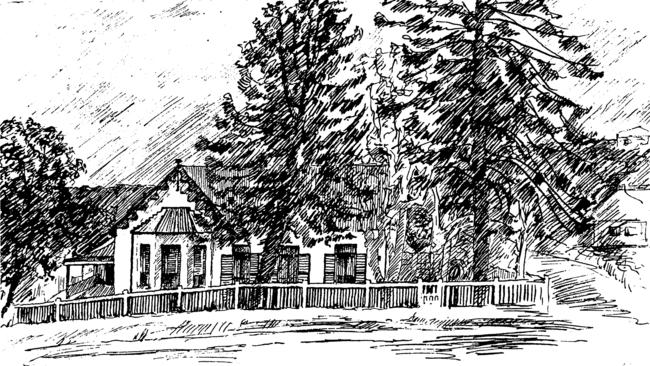
The 2015 price tag was certainly a far cry from 1828, when the land on which the house was built was first laid out as Portion 10 of the Village of North Harbour, later called the Village of Balgowlah.
The buyer of Portion 10 was Joseph Wiley, who bought the land in 1856 for £16 but did nothing with it.
In 1868, Wiley sold the land, which measured about 2.75 acres (1.1ha), to William Jackson, an ironmonger or hardware merchant, for £35.
Jackson, who was one of three managing directors of the company F. Lassetter & Co, lived in Manly but also had a house in Paddington, so it is not clear how much time he spent in Manly.
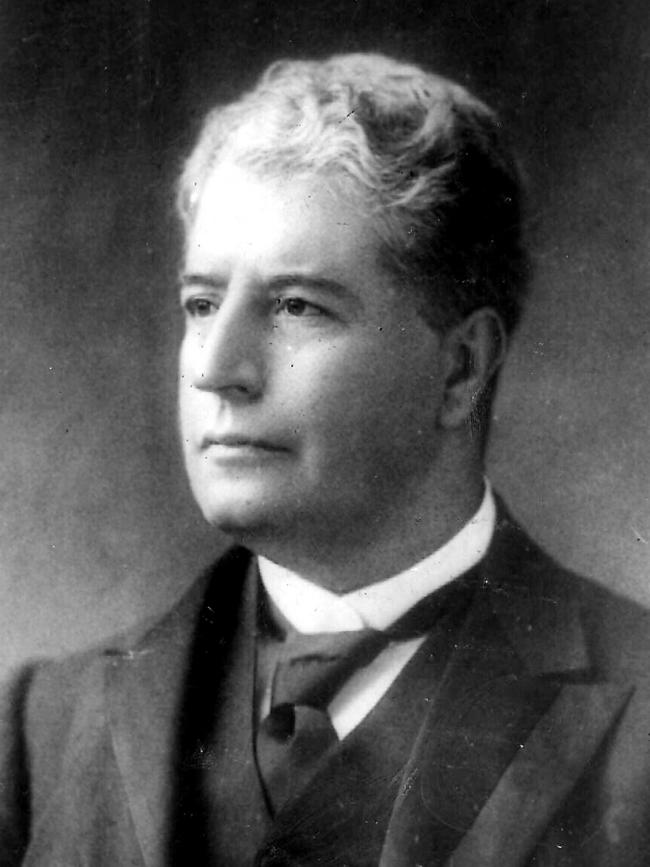
Even so, Jackson was certainly involved in local affairs, signing a petition in 1870 for a bi-weekly mail service between Manly and Barrenjoey, acting as surety for Manly’s postmaster in 1873 and signing the petition that led to the establishment of Manly Municipal Council in 1877.
It is thought the house was built in 1877 and comprised seven rooms.
Soon after this, Jackson enlarged his landholding by purchasing an adjoining portion in 1879 for £200 and another one in 1881 for £300, bringing his holding to about 7½ acres (3ha).
On June 24, 1887, Jackson fell ill, presumably of heart failure, and two days later died.
The Jackson family retained ownership of the house until 1913 and rented it to a succession of tenants.
The first tenant was Edmund Barton, who was a member of the NSW Legislative Assembly (Lower House) from 1879-1887 and then a member of the Legislative Council (Upper House) from 1888-1891 – the same years he lived in Calahla.
It is thought that it was Barton named the house Calahla, the name by which it was known until the late 1930s.
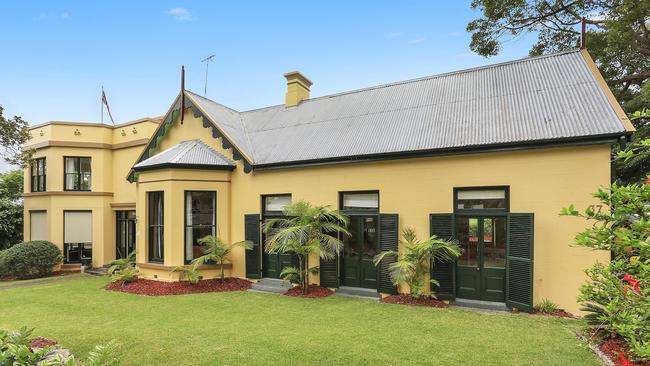
While living in Calahla that Barton worked closely with Sir Henry Parkes as the colonies moved slowly towards Federation.
Parkes, regarded as the Father of Federation, died in 1896, so he never saw his dream reach fruition, but Barton soldiered on and, once the dream came true, he was elected Australia’s first prime minister.
In 1892, Calahla was rented by Robert Wilkinson, who became a magistrate that year, but in late 1897 it was again being advertised to let.
The advertisement said the house comprised 15 rooms, a coach house and stable.
The new tenant was G. W. H. Childers, who operated the Winchester College for the next two years, offering evening classes for the “rapid and successful preparation” for the Public Service Examination and thorough commercial training for youths intended for a business career, including shorthand and typing.
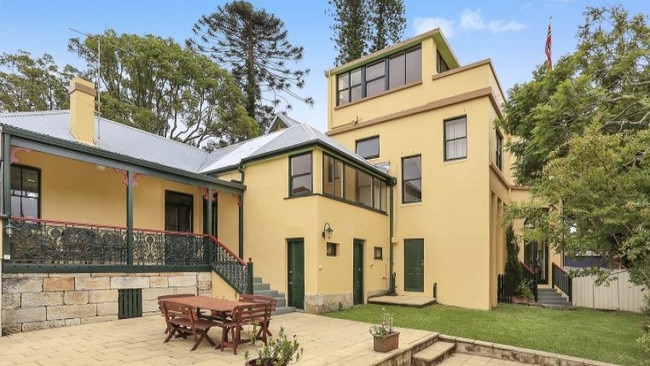
From 1904-1907, Calahla was rented by Rev George McIntosh, who lived there with his wife and five adult children.
It is not known who lived in Calahla immediately after 1907 but in 1913 the Jackson family subdivided the land as the Jackson Estate, comprising 39 lots, with the house on Lot 1.
In advertisements for the estate, Calahla was described as built of brick and stone on a stone foundation, with a drawing room that measured 9m x 6m, a dining room 4.9m x 4.3m, five bedrooms, a tiled hall and tiled bathroom, and a 3m-wide sleep-out tiled verandah.
The house was bought by Henry Slatter, of Mosman, who tenanted the house until 1918, when it was bought by John Attwater.
Attwater lived in Calahla with his family until 1934, when the family moved to the Newcastle suburb of Merewether.
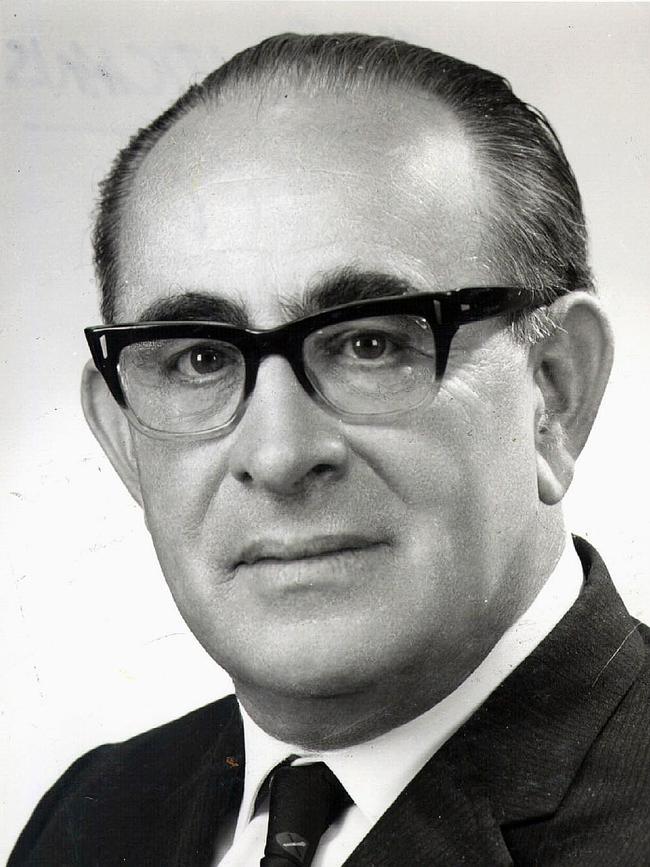
Attwater’s son Roger enlisted for service during World War II and was executed by the Japanese on the island of New Britain in February 1942.
His name is inscribed on the Manly War Memorial.
The new owner of Calahla was George Gaudie, who lived with his wife at nearby Forty Baskets Beach, so he rented the White St house.
From 1935-1945, the tenant of Calahla was Gaudie’s wife’s brother, William Durrant, who changed the name of the house to Scottow, which was the name of the Durrant family’s ancestral home in England.
But Gaudie and his brother-in-law fell out over the rent the latter was paying for Calahla and the matter ended up in court in September 1945, when Gaudie said he wanted Durrant to pay more than the 10 shillings he had been paying for most of the time he had been renting the house and the 30 shillings he had been paying for the previous 15 months.
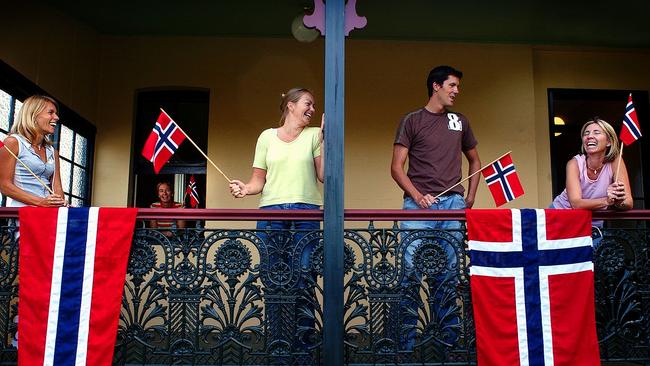
Gaudie told the court the house had been valued at £1400 in 1942.
The court resolved that Durrant should pay Gaudie £2.10.0 a week.
In 1946 the house was sold to Rona [or Julia] and Phyllis Ridley and in 1953 it was sold to Douglas Darby, the state member for Manly, who changed the name of the house to Whitehall and also added significantly to the size and shape of the house.
Darby held the seat of Manly from 1945 until he retired in 1978, after which he continued living in the house until his death in 1987.
After her husband’s death, his wife Esme moved to Adelaide.
The Darby family sold the house in 2002 to a Balmoral man for $1.3 million but the following year it was back on the market, this time with a listing on the Register of the National Estate.
In February 2004 the house was bought for $2.2 million by the Norwegian Sjomannskirken Seamen’s Church, also known as the Norwegian Church Abroad.
In April 2015, the house was sold to a local family.


